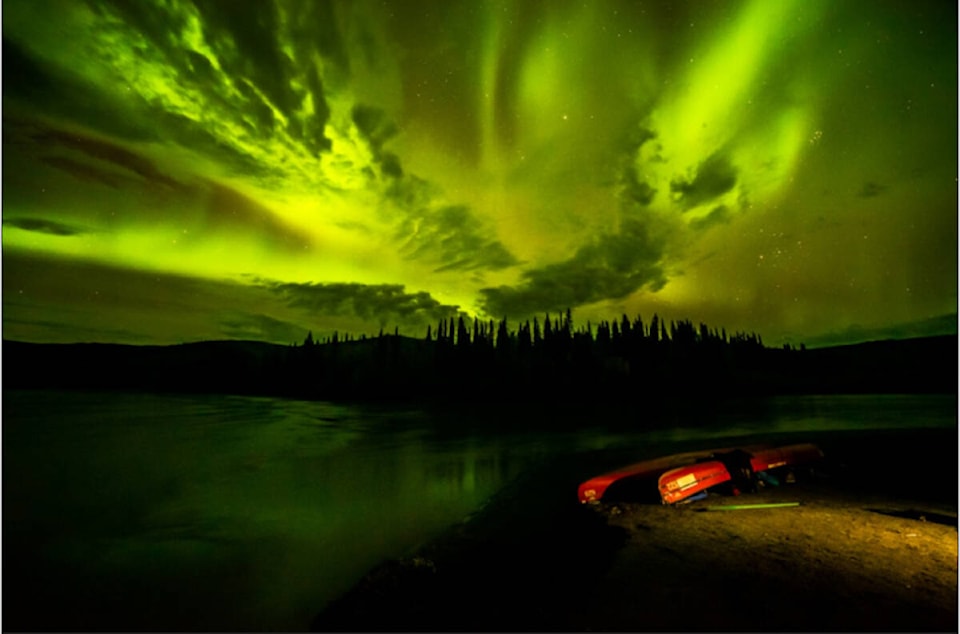Territorial, federal and First Nations governments in the Northeast Yukon marked Earth Day, April 22, with a commitment to look into a new national park in the Peel River watershed.
An April 22 notice from the federal government promises collabroation between it, the Yukon government, the Gwich’in Tribal Council and the First Nation of Nacho Nyak Dun (FNNND) on studying the feasibility of a park in the Yukon portion of the Peel Watershed.
“The Peel Watershed holds great cultural significance and is central to the traditions, cultures, and ways of life for both the Gwich’in and the First Nation of Nacho Nyak Dun who have been caring for these lands and waters since time immemorial. It is the habitat for the Porcupine caribou herd boasting a diverse landscape with free-flowing rivers, untouched boreal forest, and deep river canyons,” the federal statement reads.
“The forests are essential for sustaining boreal caribou as well as other iconic Canadian species including grizzly bears, peregrine falcons, and moose. The canyons welcome an abundance of waterfowl, birds of prey, and other migratory birds each spring, and the Peel River and its tributaries hold important spawning areas for whitefish and other important fish species.”
The area being considered for preservation as a park is being described as the Peel River Corridor, the Turner Lake Wetlands and the Caribou River. These areas were all identified for permanent protection in the Peel Watershed Regional Land Use Plan finalized in 2019. The proposed park would protect roughly 3,000 square kilometres of land, contributing to a federal commitment of protecting 30 per cent of Canada’s lands and waters by 2030.
The proposed Peel park would join Kluane National Park, Vuntut National Park and Ivvavik National Park as federally-preserved parts of the Yukon.
The notice from the federal government states that the park will only be created with full support from the Gwich’in Tribal Council and the First Nation of Nacho Nyak Dun. Leaders of both groups spoke positively about the plan.
“As we have said so often over the past 20 years, the Peel is an area of unparalleled cultural and spiritual value for our people. It is our place of refuge. We look forward to collaborating with our Gwich’in cousins and the Governments of Canada and Yukon to co-manage the lands in the Peel in a way that ensures those lands are respected and protected for all time,” FNNND Chief Dawna Hope said.
“We are thrilled at the prospect of permanently protecting our homelands in the Teetł’it Gwinjik (Peel River) Watershed. The Gwich’in have lived in these areas for thousands of years and we continue to exercise our traditional ways of subsistence and living out on these lands,” said Gwich’in Tribal Council Grand Chief Ken Kyikavichik.
“As we work to reconnect our future generations to this vital landscape, it is our intention that a National Park can assist in reconciling our relationship with Canada by sharing this unique ecosystem to Canada and abroad through preservation and the creation of a land-based economy in our traditional territory.”
